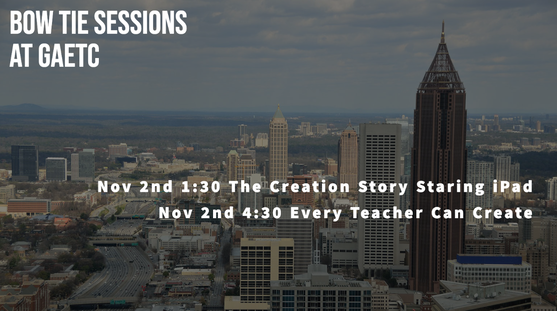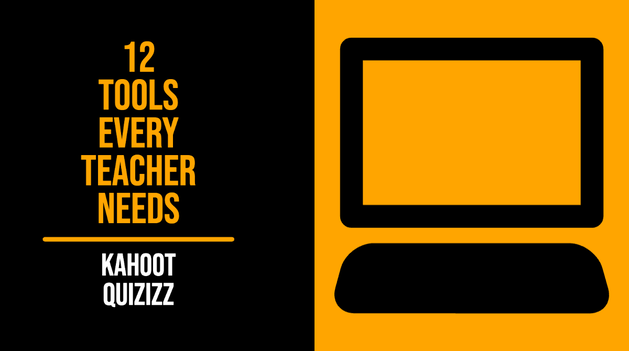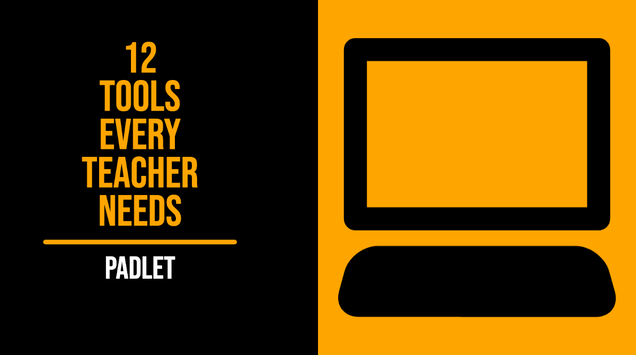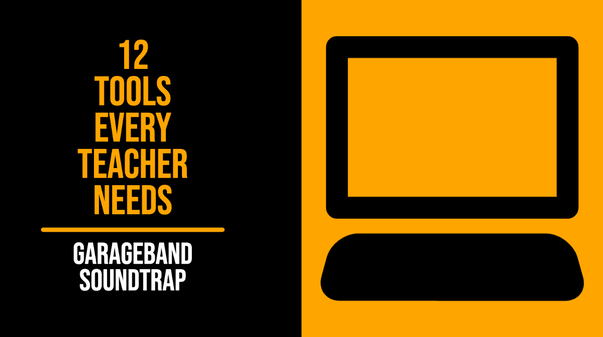|
GAETC is my home conference, and this year is officially my 10th! I started speaking at GAETC in 2021 and have been every year since. It’s always good to be home, and this year I have two sessions at the conference. I can’t wait to be there! Here are the two sessions I have
0 Comments
Assessment tools are an interesting lot. You can look at formal tools that allow you to take decent grades, and you have others which are less formal and can be used as both quick checks and reviews. The tools we are going to talk about today are the latter, and many of you have likely already heard of them: Kahoot and Quizziz.
The basic idea with both tools is the teacher puts in multiple choice questions. Students log into the quiz with a code, and then they score points with quick correct answers. It makes the quz a fun competitive game and kids love it. Both tools are fairly similar, but Kahoot started being a bit more teacher directed. Quizziz was the one that was more student directed with the difference being on who advances the question. The other difference is they both have a very unique look and feel. Quizziz uses memes to bring a fun vibe, while Kahoot’s structure and music make it feel like a game show. They are both structured to bring fun to the classroom, but students are also learning as they go! Some times with tools in the classroom, you just need something that is multiuse. You want to have that one tool that can fill multiple needs. Maybe it could be a turn in tool, an assessment tool, a creative tool, and so much more. When I think of that, one tool comes to mind: Padlet. It’s always a great one to have in the back of your mind.
Padlet is basically an online cork board. The basic idea behind it is that you get a URL and you can then add post with text, links, photos, and even video. It means that the board can be almost anything you want, and it just takes a little creativity in using it. Some ideas for Padlet include: faking social media, using it as reflection method, turning in projects, and whatever other creative method you can come up with. Padlet is the perfect place to fake social media post because you can put everything in a time order feed and add multimedia through posts. Students could be historical figures! From a turning things in perspective, Padlet allows students to post items and reflect, and it does not have to be just individual reflection. You can use it for peer reflection to! The possibilities of Padlet are endless and just takes some creativity. Padlet is one of those tools you just put in your back pocket and use when necessary. I encourage you to explore it, and see what else you can do with it! We did video last week, so now it’s time to do audio! Audio tools are great creation tools, and usually take a little bit less time than videos to put together. Students can create things like music, commercials, podcasts, and spoken word projects to show what they know. Many students fashion themselves to be future musicians and this is a way for them to start!
The challenge with a music/audio tool usually is that it can be both as complex as you want it while also being simple for simple projects. That perceived complexity is what drives many folks off, but you can use these as simple audio and recording tools. It just takes a little bit of time and effort. For audio tools, I think there are two that stand out and both are from bigger companies so you know their ability to stick around is longer than most. The first of thoise is probably the oldest standing audio tool in schools, GarageBand, and the second, Soundtrap, is owned by one of the biggest music services in the world (Spotify). As you look at both, they have neat features that make them stand out, but for practical school purposes they both have the simple record audio and edit feature. Garageband is one that makes this easy, especially on the iPad. You can just record and cut. It also has other features such as instruments that allow you to go deeper. If you use Garageband, you may want to have some requirements around those features so students don’t get too deep into them. Soundtrap also has the ability to record and cut. You can add other sound pieces into it as well, and it has some great podcast features. The key though is that you can record, cut, and export that sudio which means you can put it anywhere. You could even publish it on podcast platforms like Apple podcast. I think as you think of audio projects, just remember they have some of the same efficacy of video projects, and if you don’t get too deep in the features of a certain tool they can even be a bit simpler. They are an amazing way for kids to show what they know, and I recommend trying them today! |
Archives
January 2023
Categories |




 RSS Feed
RSS Feed
